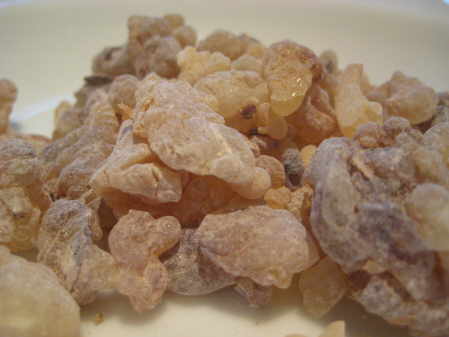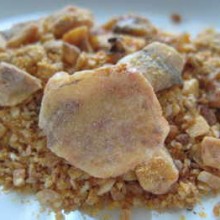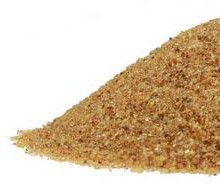Frankincense Beyo is considered by many to be one of the finest in the world just short of Maydi (which is the best) – from the botanically named Boswellia carterii species of Somalia. It is quite unique, much treasured and rare. It has a higher oil content than Maydi
The tree is known as Beyo by the Somalis
This Frankincense species is found only on the steep vertical slopes of coastal Northern Somalia.
Frankincense Beyo has a strong, fresh, citrus, sweet scent with warm wood-smoke undertones, it blends well with woods, spices, citruses and floral ingredients as well as the oils of Patchouli, Clary Sage, Rosemary, Basil and Lavender.
This resin is made up of roughly 65% gum, 30% resin and 4% essential oil. The crude resin of frankincense can be treated in one of two ways to produce liquid aromatics. The resin is soluble in chemical solvents and the essential oil can be steam distilled. The solvent extraction process produces a viscous, almost solid substance called resinoid. Resinoids are soluble in high-grade, odourless alcohols.
The History of Frankincense Beyo:-
Frankincense has been used in perfumes & cosmetics for thousands of years. Today it is used as a fragrance component in soaps, cosmetics, perfumes, and incense.
Frankincense has been treasured for centuries and was burnt as the original incense to appease the gods. It was used by many cultures to treat almost all known ailments. It is botanically related to the tree that the essential oil myrrh is taken from.
The name for this resin likely comes from incense of Franks since it was reintroduced to Europe by Frankish Crusaders. Although it is better known as Frankincense to westerners the resin is also known as olibanum, which is derived from the Arabic al-lubán (the milk) a reference to the milky sap tapped from the Boswellia tree. Some have also postulated that the name comes from the Arabic term for Oil of Lebanon since Lebanon was the place where the resin was sold and traded with Europeans. Compare with Exodus 30 : 34, where it is clearly named levonah, meaning either white or Lebanese in Hebrew.
The lost city of Ubar, sometimes identified with Irem in what is now Oman, is believed to have been a centre of the Frankincense trade along the recently rediscovered Incense Road. Ubar was rediscovered in the early 1990s and is now under archaeological excavation.





